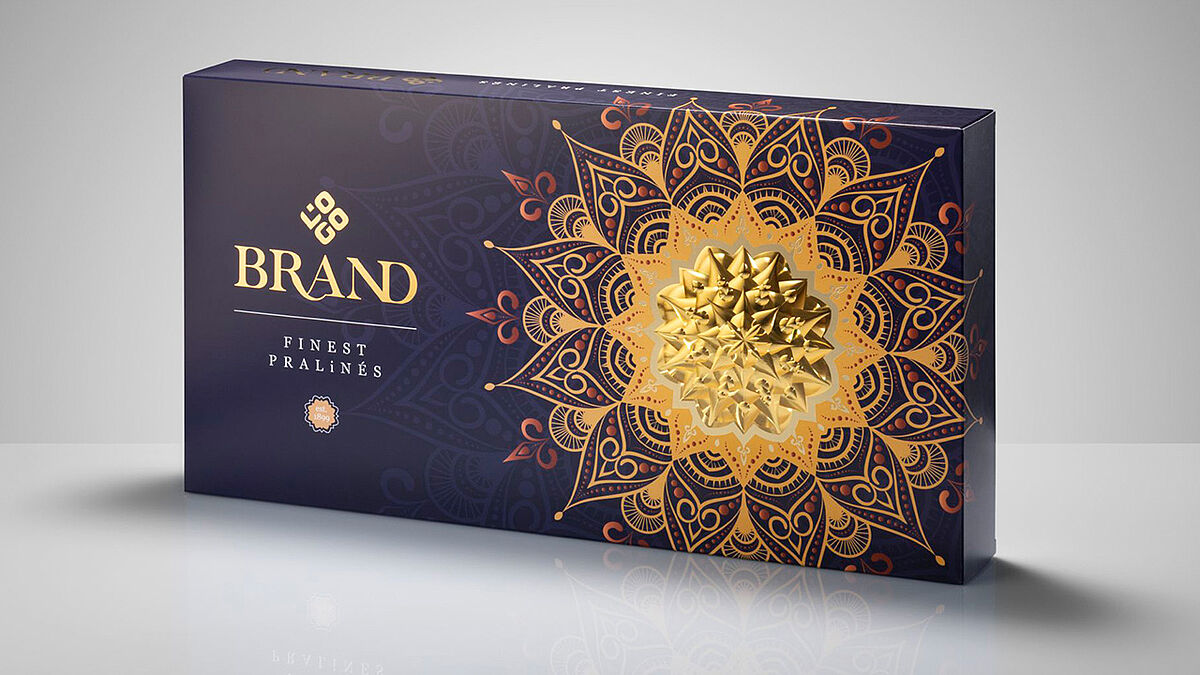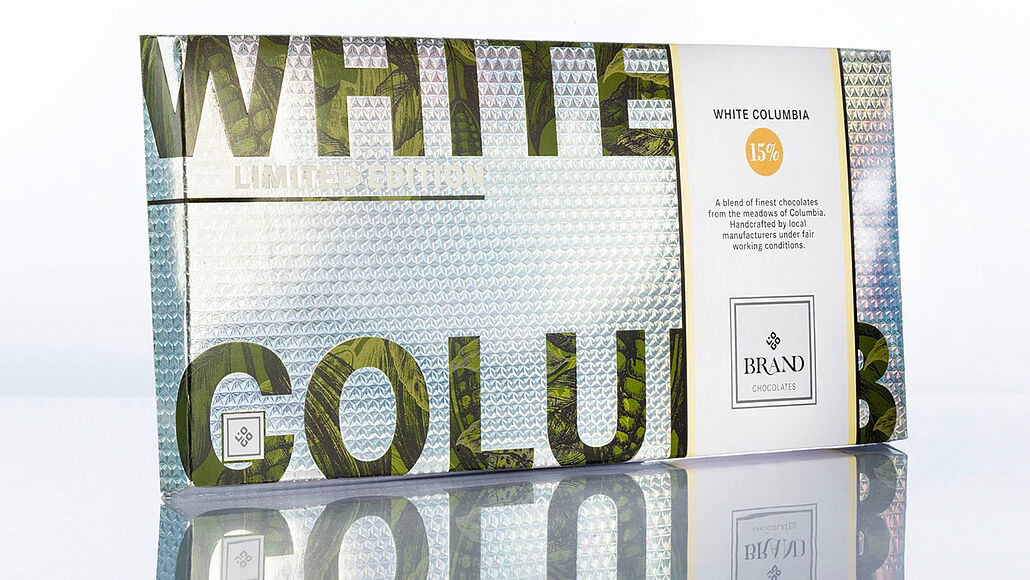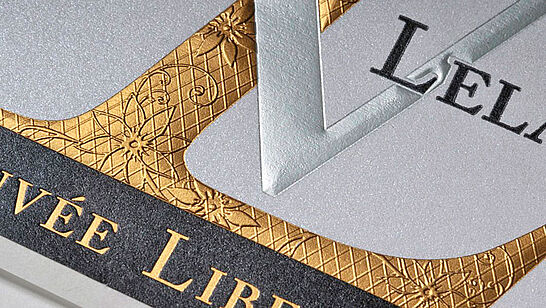
The art of hot stamping: The full lowdown
In a rapidly evolving world, where markets are in constant motion, one thing stands firm: Hot stamping remains the pinnacle solution for elevating surface aesthetics in the graphic industry. No other transfer finishing technique can match its prowess in meeting the most stringent demands, effortlessly handling rough textures and intricate tactile designs, all while delivering a remarkable blend of brilliance and longevity.
With KURZ’s hot stamping solutions, you unlock a realm of design possibilities. Revel in an extensive palette of colours and tactile effects, each engineered to captivate customers to the fullest. Bolstered by their extensive expertise, KURZ is confident in their transfer technology, ensuring the enhancement of a wide array of substrates is executed with precision, durability and unwavering quality. Whether it’s blank or printed cardboards and papers, or even laminated surfaces, KURZ’s latest hot stamping innovations offer an economic and seamless solution for adorning them all.
- What is hot stamping?
Hot stamping in the graphics industry is primarily regarded as a print finishing method. It is an attractive ancillary finishing technology for embellishing print products with unique glossy, metallic, diffractive and tactile effects.
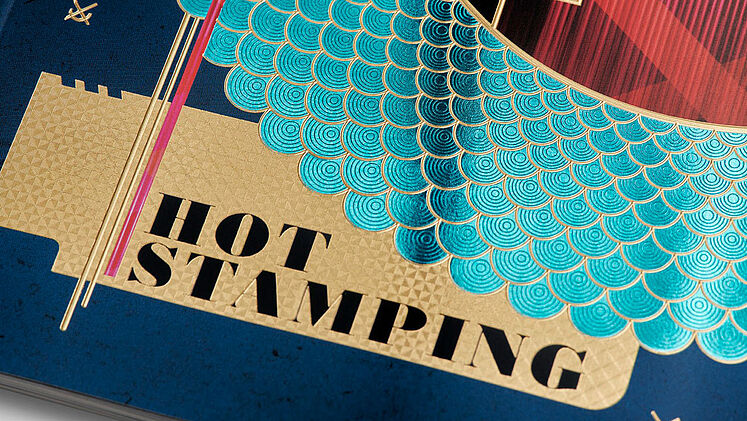
- What are some examples where hot stamping can be used?
Hot stamping can be used in almost all areas of the graphic industry. On a wide variety of printed products, such as greeting cards, magazines, calendars, posters, brochures, book covers, business cards, plus packaging applications, like cosmetics or cigarette packaging, confectionery goods and various food and non-food products. Furthermore, as a finishing process for cosmetics, beverage or packaging labels, including self-adhesive and wet-adhesive labels.
- What are the benefits of hot stamping?
– Aesthetic designs with high-gloss, diffractive & tactile effects
– High-speed processing
– Appropriate for a large variety of substrates
– Attractive price-performance ratio
– Strong adhesion & durability
– Suitable for overprinting
– No prior nor subsequent treatment, like priming or curing, needed
– Sustainable benefits, such as being a dry finishing process & more
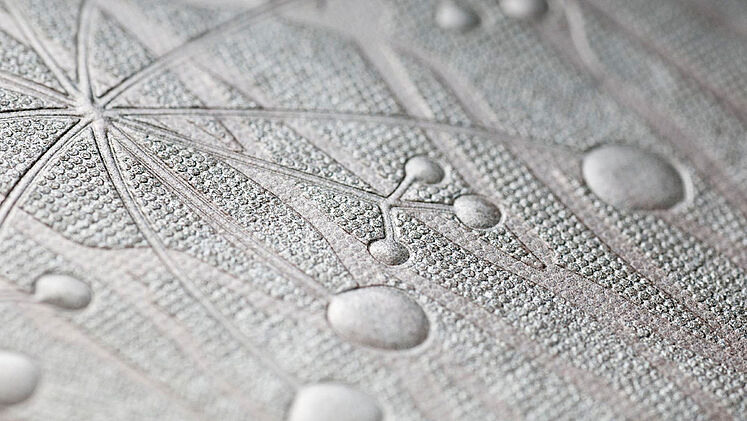
- How does hot stamping work?
Hot stamping as such is a physical operation. The optically active layers of the stamping finishing are transferred to the print substrate by means of a heated stamping die and mechanical pressure. During the transfer process, the raised surfaces of the die come into contact with the hot stamping foil. In the areas of contact, layers are released from the carrier and simultaneously bonded to the print substrate as a result of the heat of the die and a defined contact pressure.
- What is a hot stamping machine?
The level of automation in hot stamping processes categorises machines into two main types: semi-automatic and fully automatic. While semi-automatic machines are increasingly prevalent in book-binding establishments, they stand apart from their fully automated counterparts due to the need for manual sheet feeding and removal.
Furthermore, hot stamping machines can be further classified based on the method employed during the stamping operation, including flat on flat, round on flat, and round on round systems. Each system is tailored to specific applications, offering distinct advantages. If you’re uncertain about which hot stamping machine aligns best with your needs, please don’t hesitate to get in touch with Synchron Markings, the local distributor for KURZ. We’re here to provide expert guidance on your options.
- How long does hot stamping take?
It depends. The contact time affects the adhesive strength and the edge definition of the hot stamped image. It is directly related to the temperature. Higher temperatures, for example, allow shorter contact times. The contact time is also determined to a large extent by the machine system being used. Only a perfectly coordinated time-heat adjustment guarantees that even edge zones can be decorated neatly. All modern machine systems provide computer-controlled programs to ease the handling.
- How does hot stamping on paper work?
Depending on the type of print substrate, different hot stamping approaches are needed. The roughness and other characteristics of the print substrate surface are important criteria for assessing the right stamping adjustments. A thickness of 0.15mm for paper and 0.60mm for card stock are entirely sufficient to produce a visually optimum relief image in one-step foil embossing.
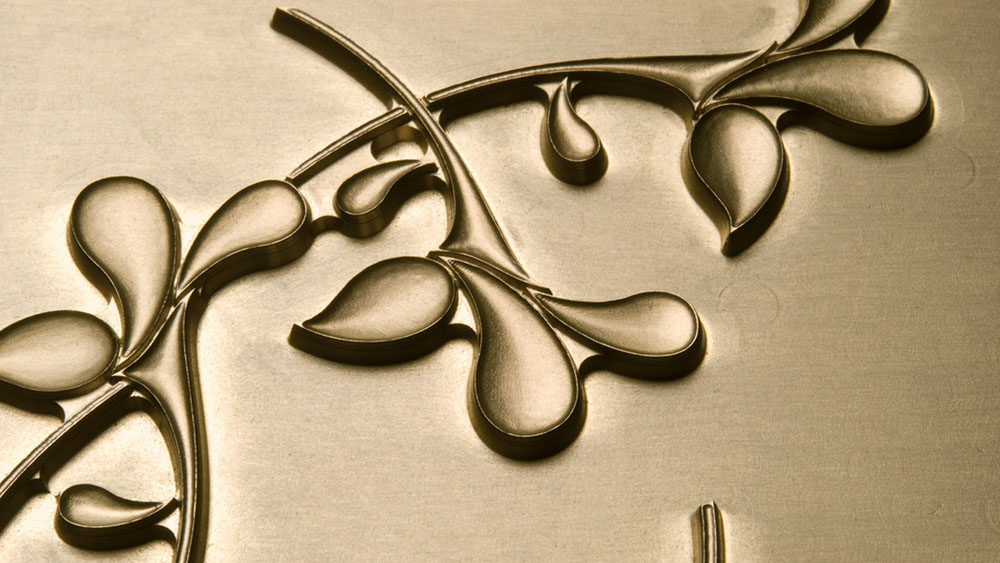
- Hot stamping vs. embossing
Blind embossing is not a hot stamping process, but rather is considered a simple impression method, because no stamping foil transfer occurs during the operation. As a result, no gloss, no diffractive effect, and no extra colour are applied onto the substrate. Thus, the very special three-dimensional appearance of hot stamping designs, made by the light effects of the foil, is missing.
- Hot stamping vs. cold transfer
The KURZ finishing processes, be it hot stamping or cold transfer, share a common thread in the creation of unique optical effects. These effects range from high gloss finishes to captivating diffractive or holographic patterns, whether applied to expansive surfaces or intricate details. These processes find their typical applications in commercial printing and packaging, with cold transfer particularly excelling in label embellishment.
The key distinction lies in the realm of tactile effects. Hot stamping stands as the singular finishing technique capable of crafting exquisite reliefs on paper and cardboard substrates, thanks to the utilisation of specialised hot stamping dies. This precision sets hot stamping apart in its ability to deliver tactile excellence.
- Hot stamping vs. digital transfer
All of the KURZ finishing methods embellish a design with stunning, brilliant surface effects. While KURZ digital transfer is the optimal addition to existing digital printing systems with a focus on speed and gloss, hot stamping’s strong point is the tactile change of the surface for amazing 3D effects. These are realised by special stamping dies, which are missing for the digital finishing process. In summary, by choosing between hot stamping and digital transfer, you have to choose between tactile effects and speed.
- Hot stamping colours
KURZ offers a wide range of hot stamping colours and effects. Its hot stamping product family distinguishes between the following programs:
– LUXOR® for shiny gold effects
– ALUFIN® for metallic silver effects
– LIGHT LINE® for sparkling diffractive effects
– COLORIT® for matte effects
Every hot stamping foil type is available in a number of different colours. Many hot stamping foil types are also available in a variety of gloss levels.
- Gold effects with hot stamping
Hot stamping creates premium gold effects on paper and cardboard substrates. In contrast to other printing methods that use printing inks or lacquers, the hot stamping foil contains various coatings to produce the stunning metallic gloss. With this, realistic representations of metals such as gold, silver, copper, brass, bronze, stainless steel, chrome, anodised aluminium, with a mirrored, polished, brushed satin, sand blasted, matte, satin-gloss or extremely matte finish, can be achieved.
- Holographic effects for hot stamping
Experience the inspiring world of holographic hot stampings, where mesmerising three-dimensional effects come to life. These stampings not only enable the creation of virtual animations but also generate captivating colour shifts, influenced by alterations in the angle of incidence of the light source or viewing perspective. If you want to explore our collection of holographic effects tailored for paper and cardboard designs, please contact us on cs@synchron.co.za.
- Hot stamping dies
The great success of hot stamping lies within our high-quality stamping die production. Each design needs an individually produced die to accomplish perfect tactile effects and accurate stamping results. With the micro and nano structures of the brass dies, the hot stamping foil can be transformed neatly, even if the design consists of the smallest lines or gradients.
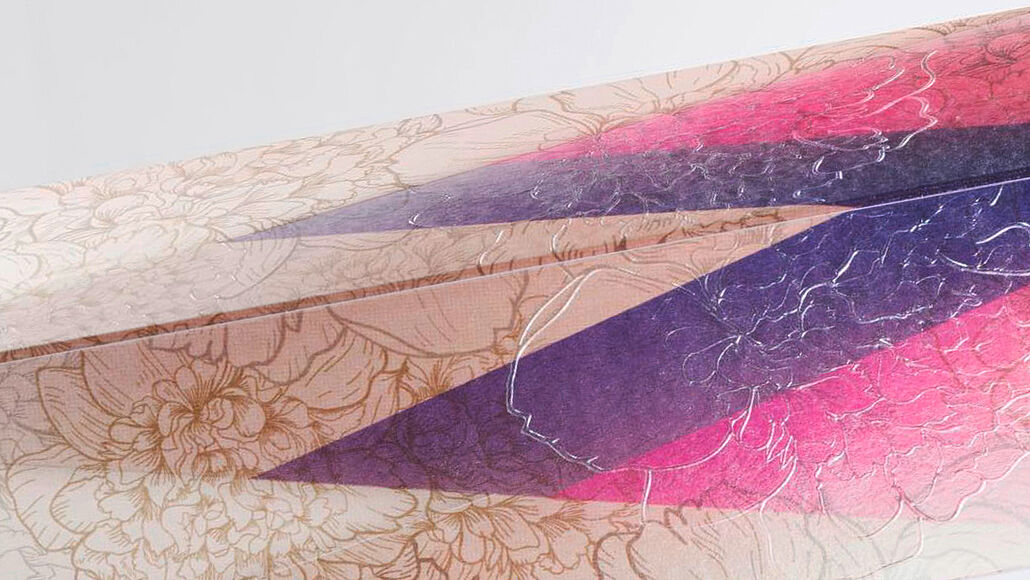
- Sustainable benefits of hot stamping
As traditional as it is, the hot stamping process for the printing industry was always a step ahead in the matter of sustainability. Thanks to the perfectly coordinated mix of high temperature and pressure, fabulous designs can be printed directly onto the surface without leaving any foil traces. KURZ uses PET foils only as a carrier for its outstanding colour effects. Furthermore, both the machine architecture as well as the stamping dies are extremely durable components. This guarantees you maximum performance with less energy input for new purchases, less waste, less process downtime. As the market leader for surface finishing for the graphic industry, KURZ’s main goal is to provide you with sustainable finishing for your packaging. Therefore they focus on de-inkable, recyclable and compostable hot stamping foils with no loss in brilliance and design freedom.
Hot stamping foils from KURZ represent a blend of innovation and sustainability in the printing industry. Their exceptional versatility, coupled with a commitment to environmentally conscious practices, make them an indispensable choice for businesses aiming to make a positive impact. By opting for these foils, not only do you enhance the visual appeal of your products, but you also contribute to a greener, more sustainable future.
© Synchron Fabrics & Foils, October 2023
It’s simple really. The better the packaging the better the perceived value. KURZ foils provides our brand with a direct route to the “buying brain” – and it shows on the bottom line…
![]()
Synchron Fabrics & Foils for Brand Enhancement
cs@synchron.co.za • +27 21 527 7100
Accreditation downloads: BBBEE Certificate and ISO 9001

